A Guide to YouTube
What does YouTube do?
YouTube is an online site that houses videos in an easy-to-view format. It allows you to share videos about your organization or specific programs or objectives in a compelling manner.
On YouTube, users have the opportunity to get involved in storytelling by uploading, viewing, and sharing a wide variety of video content.
Who does YouTube reach?
- Large global audience. One billion people use YouTube across the globe—with the U.S. accounting for 20 percent of traffic. It is localized in 61 countries and across 61 languages. Sixty percent of users are from countries whose primary language is not English.
- Mobile users. Mobile viewing makes up almost 40 percent of YouTube’s global watch time.
- Broad age groups. Reaches more U.S. adults ages 18–34 than any cable network. Viewers are spread evenly between genders, ages and ethnicities.
What do I need to use YouTube?
- Technology: Computer, phone, tablet, camera (phone, webcam, camcorder, digital or DSLR camera), Internet connection, video editing software, microphone, tripod
- Staff: Knowledge of video recording and editing equipment
What can I share on YouTube?
YouTube is mainly used for videos, but you can also use it to share audio with images.
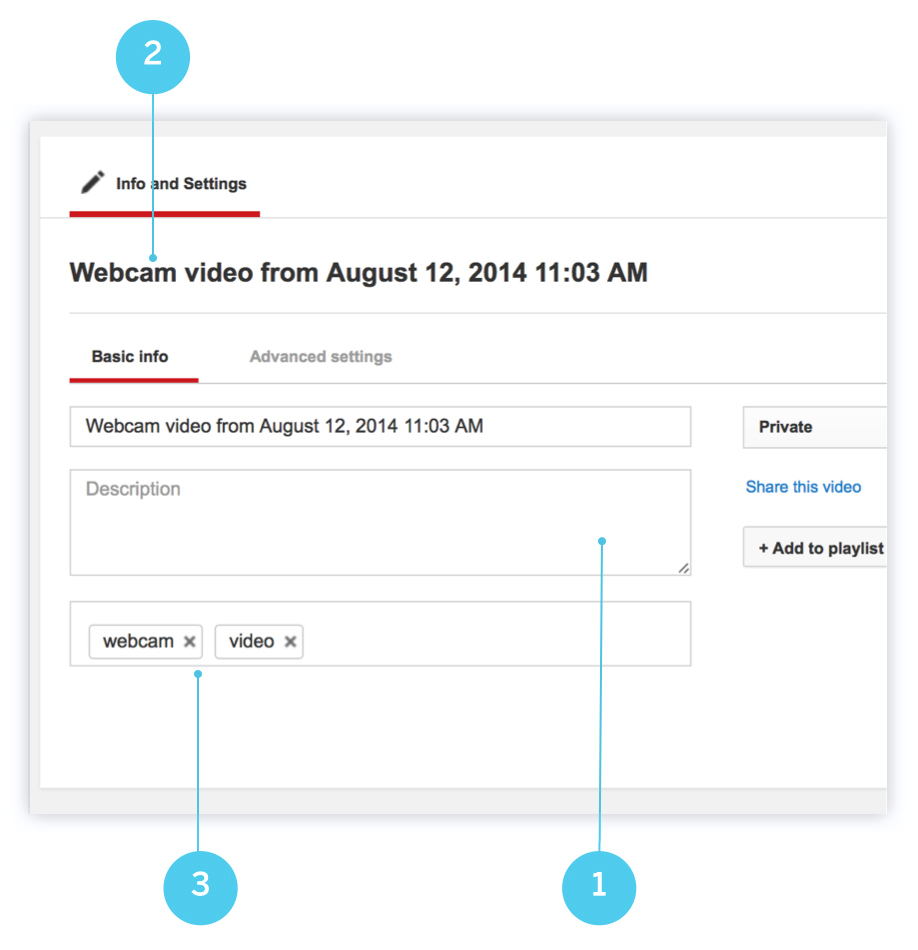
To increase visibility for your content, complete the content fields for your video. They will enable users to find you through a variety of keywords.
- Description. Your descriptions should be keyword rich. YouTube allows a maximum of 800 words within the description, but only the first 25-30 characters are visible in search results. This makes it necessary to include your primary keywords.
- Title. Include relevant keywords in the title. Make it descriptive and compelling within YouTube’s limit of 66 characters.
- Tag. Your tags for videos should be unique and include your keyword phrases. These tags are used by YouTube to associate your videos with similar content. Tagging with related topics and keywords could help your videos appear under “related content” helping you reach an audience that you may have not been reaching.
How do I use YouTube?
YouTube’s Getting Started Guide has instructions on using this platform. YouTube also has a dedicated resource tailored specifically for nonprofits.
Why should I use YouTube?
If you have a large amount of compelling, high-quality or high definition (HD) video content that is longer than a few seconds, YouTube is a good platform to showcase it.
What are the strengths and limitations of YouTube?
Pros
- Huge user base. Currently there are over 1 billion unique visits to YouTube and over 6 billion hours of video watched each month.
- Global audience. Eighty percent of traffic comes from outside the U.S. YouTube is localized in 61 countries and across 61 languages, making it truly international.
- Targeted. Cause and nonprofit channels allow organizations to connect with target audiences.
- Thematic. Themes can easily be created within channels and linked to other media channels.
- Trackable. YouTube makes it easy to track views, metrics, and virality of content.
- Mobile. Mobile usage makes up almost 40% of YouTube’s global watch time.
- Young generation. YouTube reaches more U.S. adults ages 18–34 than any cable network.
- Broad age group. YouTube has a broad user base with ranging from ages 18–49.
- Easy to share. YouTube has convenient built-in functionality to share videos on other social networks.
- Go live. YouTube has the ability for users to livestream their events directly from a smartphone, or desktop computer.
Cons
- Time consuming. Maintenance of channels and creation of content requires a high investment in time and training.
- Resources. High-quality video and creative content is needed to capture your audience’s attention. This may require a significant resource investment.
What story formats work best on YouTube?
High-quality video content is best suited for posting on YouTube.
What’s the most effective way to share stories on YouTube?
Upload high-quality videos directly through YouTube—either from your web browser or mobile app. Please refer to YouTube’s guide for uploading videos.
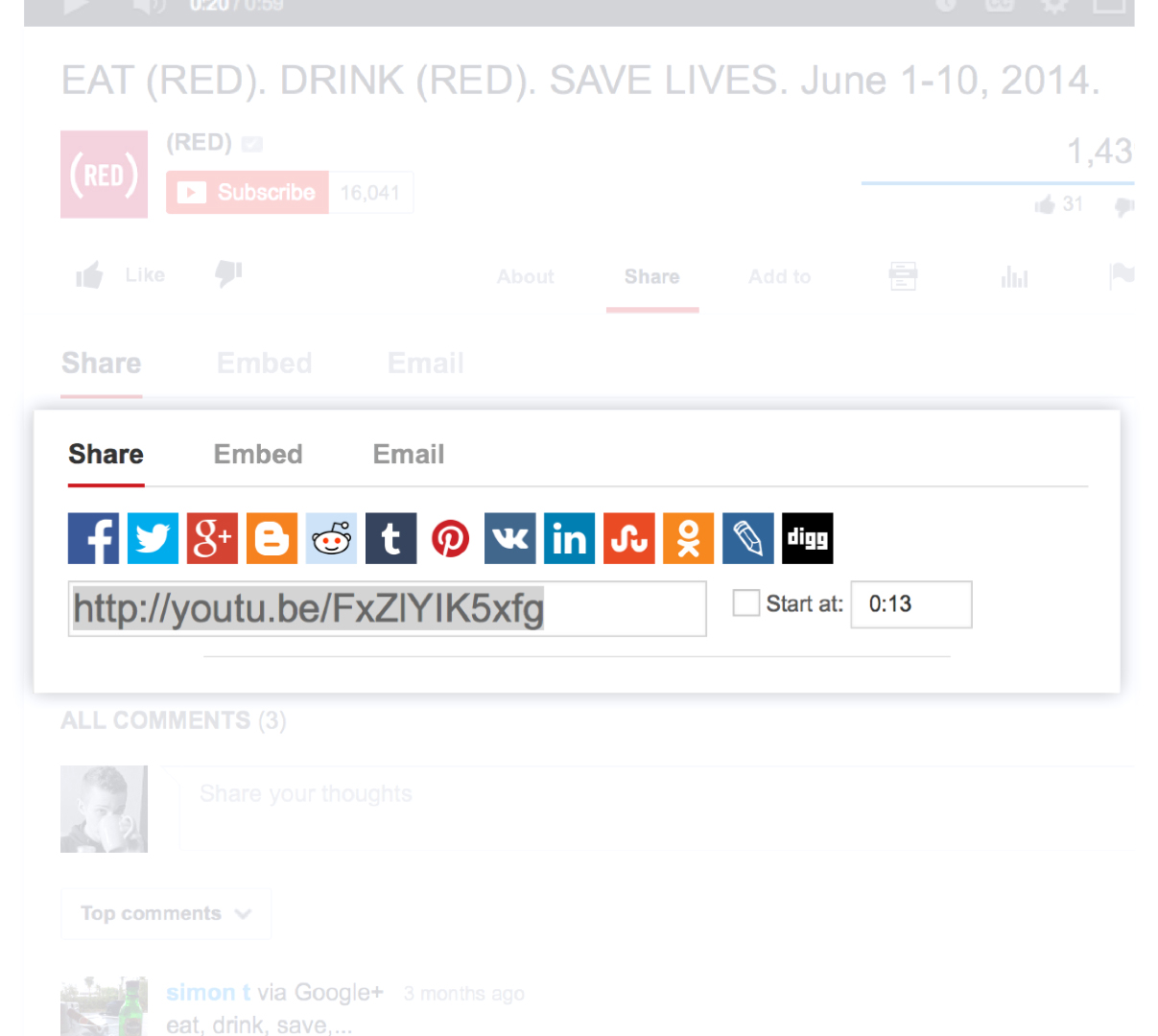
How do YouTube users interact and share content?
When users watch your video, they can take many different actions in response to it.
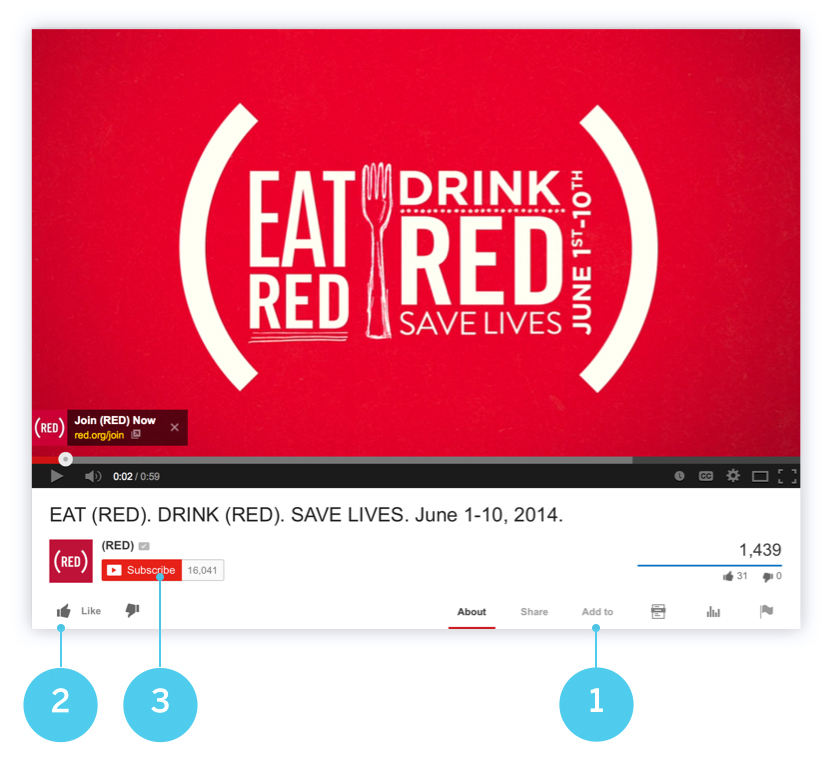
- Add to. Users can add your videos to their playlists.
- Like/ Dislike. Viewers may click Like or Dislike as feedback on your content.
- Subscribe. When users subscribe to your content, they will see your channel’s activity on their home page.
How should I engage with users on YouTube?
- Share. Embed or post links to YouTube videos on your other social networks to spark conversations.
- Be original. On YouTube, original and high-quality content will drive engagement.
- Be responsive. Reply to comments on your videos.
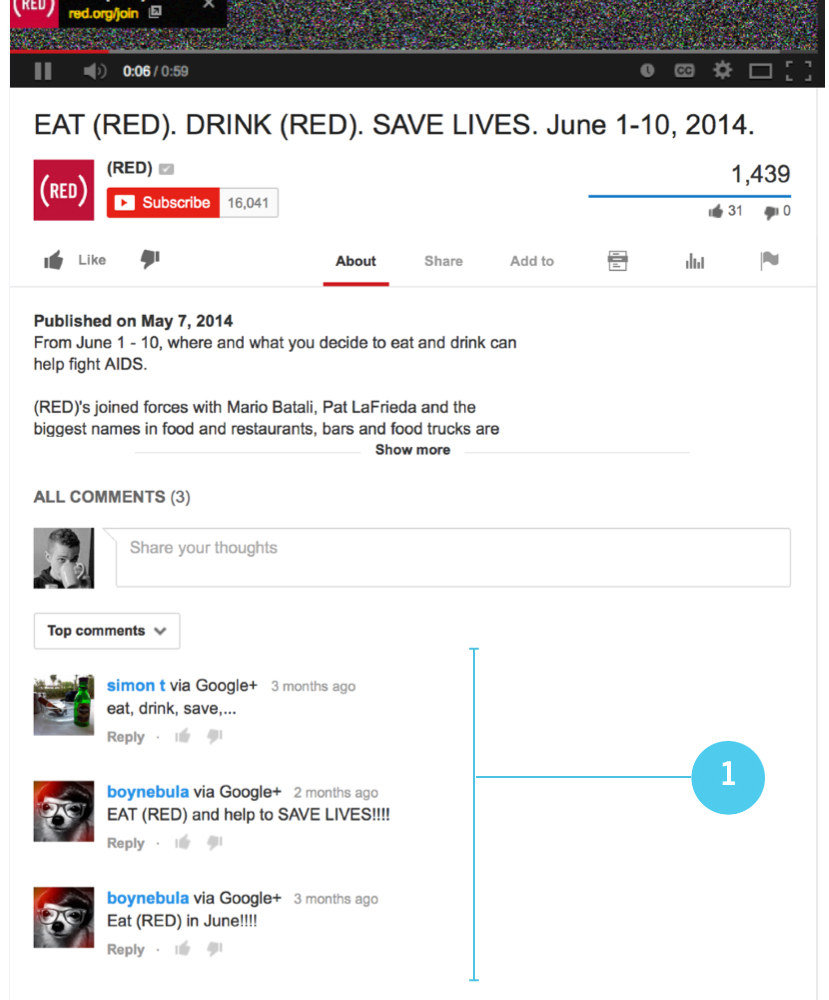
How can I maximize visibility of my content on YouTube?
- Use motivating headlines. Make your headline descriptive and compelling within YouTube’s limit of 66 characters. Include relevant keywords and phrases that capture users’ attention.
- Vividly describe your content. Your descriptions should be keyword rich, creative and informative. YouTube allows a maximum of 800 words in the description, but only the first 25-30 characters are visible in search results. This makes it necessary to include your primary keywords and links at the beginning of your description.
- Tag. Your tags for videos should be unique and include your keyword phrases. These tags are used by YouTube to associate your videos with similar content. Tagging with related topics and keywords could help your videos appear as “related content” when users view other videos, helping you reach a new audience.
- Annotate. Video annotations can steer your audience to watch more of your content by linking to other videos. They can also help encourage viewers to visit your website, donate, sign up as volunteers or other specific actions. Annotations are recommended for creating calls to action.
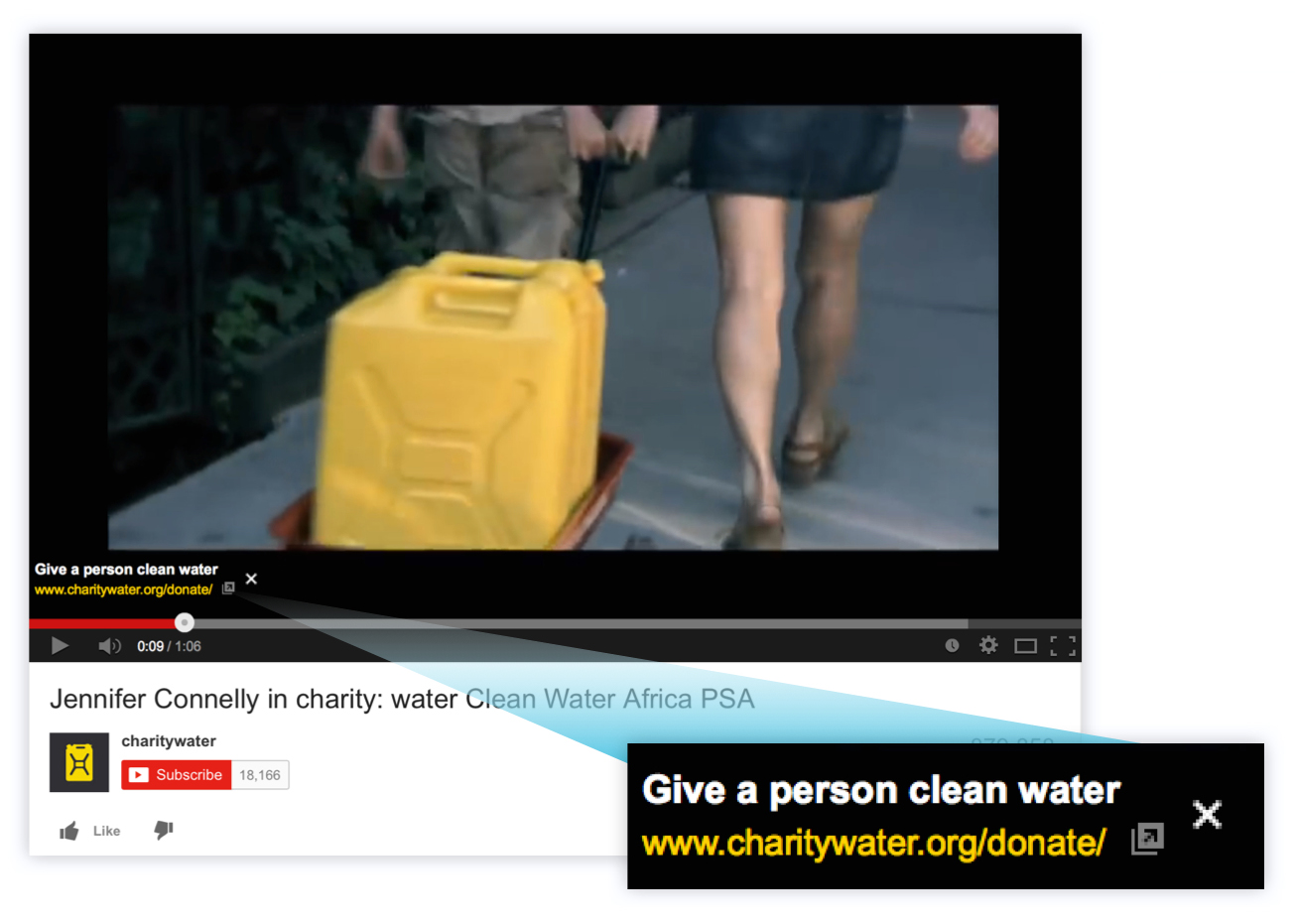
- Advertise. Investing in YouTube Ads will increase visibility for your videos. Details on getting started with YouTube Ads are available here. YouTube Ads use Google Adwords as an advertising tool.
- Share. Post your YouTube videos to your other social networks.
- Post regularly. Post to YouTube as videos are available, but develop a regular schedule and pattern so users anticipate your next video.
Related, on Storytelling for Good
Setting Up a Storybank
- 11 Saved
For Authentic Storytelling, Spend the Reputational Capital
A Guide to Medium
- 6 Saved
Rhythm: The Most Important Thing About Your Organization That You Don’t Understand
- 3 Saved
Video Blogging Brings Stories to Life
- 1 Saved




Be the first to comment